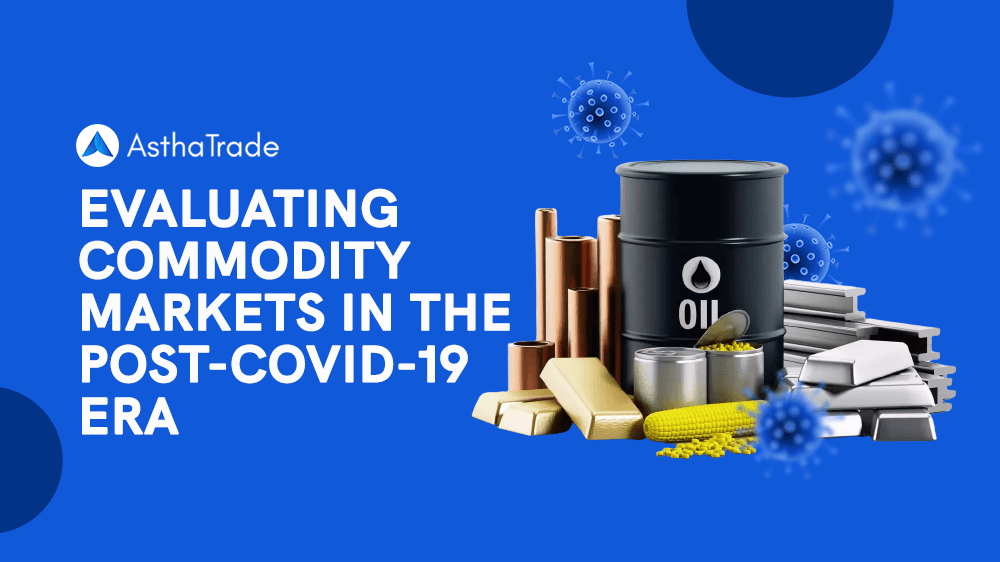What is MSP (Minimum Support Price)?


00:00 / 00:00
In a country like India, agriculture is the backbone of rural livelihoods, supporting millions of jobs. Despite this, many farmers are frequently forced to sell their crops at excessively low prices due to market volatility. But how can we prevent farmers from being forced to sell their crops at unreasonably low prices?
To address this, the government has introduced the Minimum Support Price (MSP), which is a government-backed guarantee that ensures farmers receive a minimum price for their produce, even when market prices fall. MSP, which is announced before each sowing season, not only ensures prices but also promotes sustainable farming and strengthens national food security.
In this article, we will discuss what MSP is, why it was implemented, and how it affects India's agricultural landscape.
What is MSP?
The term "MSP" stands for Minimum Support Price. It is the rate at which farmers sell their crops to the government. It is an important tool used by the Indian government to protect farmers from unexpected crop price drops. This ensures that the farmers get a minimum income from their produce, particularly during the time of market fluctuations.
Why was MSP Introduced?
During the Green Revolution of the 1960s, Indian policymakers recognised a significant challenge where farmers lacked motivation to grow essential food crops such as wheat and paddy. These crops required a lot of labour, time, and resources, but market prices were often insufficient to make them profitable. Many farmers hesitated to invest in such difficult cultivation because there was no guaranteed return.
To address this issue, the government introduced the Minimum Support Price (MSP) as an incentive. By ensuring farmers a fixed minimum price for their crops regardless of market fluctuations, the MSP encouraged them to grow more food grains. This decision was critical not only for increasing agricultural productivity but also for ensuring food security in a growing economy.
Which Crops are Subject to MSP?
To provide farmers with fair remuneration and stable markets, the Indian government sets the Minimum Support Price (MSP) for a variety of commodities. At present, MSP is provided for 23 crops of a diverse range of agricultural produce.
The list of crops for which MSP is offered is as follows:
Category | Crops |
7 Cereals | Barley, jowar, bajra, ragi, wheat, maize, and paddy. |
5 Pulses | Gram, Moong, Lentil, Arhar, Urad. |
7 Oilseeds | Soybeans, groundnuts, sesame seeds, mustard seeds, safflower seeds, and Niger seeds. |
5 Commercial crops | Copra, sugarcane, raw cotton, raw jute, and dehusked coconut. |
How is MSP Calculated?
At the beginning of each cropping season (Rabi and Kharif), the MSP is announced by the Cabinet Committee on Economic Affairs. The MSP is decided based on the recommendation made by the CACP (The Commission for Agricultural Costs and Prices) and considers a number of factors when determining MSP, including cultivation costs, supply and demand conditions, market pricing trends (both domestic and global), and the impact on consumers and the environment.
The CACP analyses three types of manufacturing costs:
A2
A2 + FL
C2
Where,
A2 covers all cash payments made by farmers for labor, seeds, fertilizer, insecticides, and other expenses.
A2 + FL includes the value of unpaid family labor as well as A2 expenses.
C2 In addition to A2 and FL, C2 is a more comprehensive cost that includes rentals and foregone interest on owned land and capital assets.
The Union Government's Cabinet Committee on Economic Affairs ultimately decides on MSP levels and other suggestions.
Benefits of the Minimum Support Price (MSP) for Farmers
The Minimum Support Price (MSP) is a significant policy instrument in protecting farmers from fluctuations in prices. Here are some of the main benefits that MSP provides to farmers.
1. Income Guarantee
MSP provides farmers with financial security and shields them from unforeseen market swings by setting a minimum price for their produce.
2. Price Stability
MSP contributes to the stability of agricultural markets by limiting extreme fluctuations in crop prices, ensuring reasonable prices for consumers and equitable returns for producers.
3. Boosts Agricultural Production
Farmers are encouraged to cultivate more crops under the MSP system because they are guaranteed a fair price, resulting in an increase in agricultural output overall.
4. Improves Food Security
MSP encourages the production of essential staple crops, increasing domestic food supply, reducing reliance on imports, and improving national food security. This keeps the market's supply of food grains consistent.
What are the Concerns with India's MSP Regime?
The following points indicate the main concerns about the functioning of the MSP system in India:
1. Procurement Focus
The government establishes MSP to protect farmers from price drops, but it is primarily used to purchase wheat and rice for its food distribution programmes under the National Food Security Act. This means that MSP functions more as a government purchasing tool than a real price safety net.
2. Dominance of Wheat and Paddy
MSP focuses excessively on wheat and rice. As a result, farmers are encouraged to grow these crops repeatedly, even if other crops, such as pulses or vegetables, would pay them more or benefit the environment.
3. Inefficient Implementation
According to a 2015 Shanta Kumar Committee report, the Minimum Support Price benefits only 6% of farmers. According to this, 94% of farmers nationwide do not receive the promised profits from the MSP.
Why is there a Demand to Legalise MSP in India?
Conditions in the market favor buyers over sellers: Farmers sell their crops in bulk, except milk. This causes a sharp rise in supply relative to demand, pushing prices lower.
Farmers lack the market power to affect the price of their produce: They are unable to determine the Maximum Retail Price (MRP), in contrast to many other businesses. However, they use the present supply and demand to determine their prices.
Burden of Farmers: Farmers bear the hardship of selling their produce in large quantities at wholesale prices. They do, however, buy all of their necessities at retail costs, including seeds, insecticides, petrol, tractors, cement, medications, toothpaste, and soap.
Farmer Suicides & Debt Crisis: According to the SC committee, there have been 4–7 lakh farmer suicides in the last three decades, and the OECD estimates that farmer suicides will cost Rs 14.72 lakh billion in 2023.
Crop Diversification and Conservation of Water: Paddy requires 3,000 to 3,500 L of water per kilogram; MSP for 23 crops can save 60% on electricity and groundwater.
Enhancing Domestic Production: India imports oilseeds and pulses worth Rs 2 lakh crore, but the MSP can boost domestic production of these goods.
Public Health and National Wealth: MSP guarantees healthier substitutes, lessens reliance on palm oil, reduces farmer debt, and boosts the economy.
MSP vs Market Price
The table below shows the key differences between MSP and market price:
Aspects | MSP (Minimum Support Price) | Market Price |
Meaning | It refers to the government-set minimum price for certain agricultural products, at which the products would be purchased directly from farmers if open market prices were lower than the cost incurred. | It is the price at which a product or service can be purchased or sold on the market. |
Purpose | To assure financial stability for farmers and maintain food security for India. | To depict the dynamic interaction of supply and demand in a market economy. |
Beneficiaries | It primarily benefits the farmers. | All market participants, including producers and consumers, as well as traders. |
Coverage. | It currently applies to 23 crops. | It is applicable to every commodity and service exchanged inside the economy. |
Legal enforcement | It doesn't have statutory backing and is not legally mandated. | It is enforceable through contractual obligations. |
Conclusion
As we come to the end, it is clear that the Minimum Support Price (MSP) is critical in protecting farmers from market uncertainties. In addition to supporting rural livelihoods, MSP increases India's food security by guaranteeing a minimum income for essential crops. While it has successfully encouraged agricultural production over the years, issues such as limited crop coverage and unequal access persist. An agricultural future that is more resilient and egalitarian may be possible if the MSP system is strengthened through expanded reach and improved implementation.
FAQs
Q. What is MSP (Minimum Support Price) in agriculture
It is a "minimum price" for any crop that the government believes is profitable for farmers and thus worthy of "support."
Q. Who introduced MSP in India?
The government first introduced the Minimum Support Price (MSP) in India in 1966-67.
Q. What is MSP for farmers?
MSP is the minimum designated price they receive for their crops; even when the market is not performing well, it serves as a safety net for farmers, preventing them from selling their crops at the lowest possible price.
Check Out These Related Articles |
The content on this blog is for educational purposes only and should not be considered investment advice. While we strive for accuracy, some information may contain errors or delays in updates.
Mentions of stocks or investment products are solely for informational purposes and do not constitute recommendations. Investors should conduct their own research before making any decisions.
Investing in financial markets are subject to market risks, and past performance does not guarantee future results. It is advisable to consult a qualified financial professional, review official documents, and verify information independently before making investment decisions.

All Category









